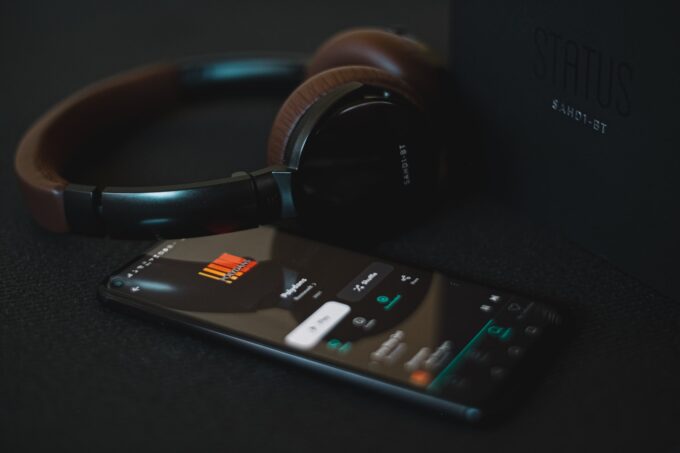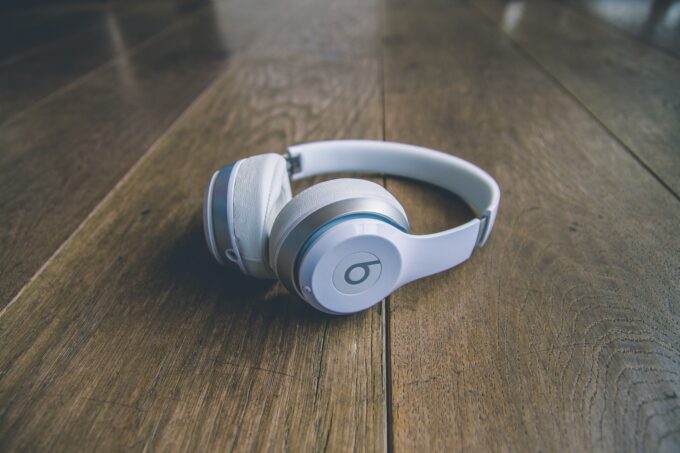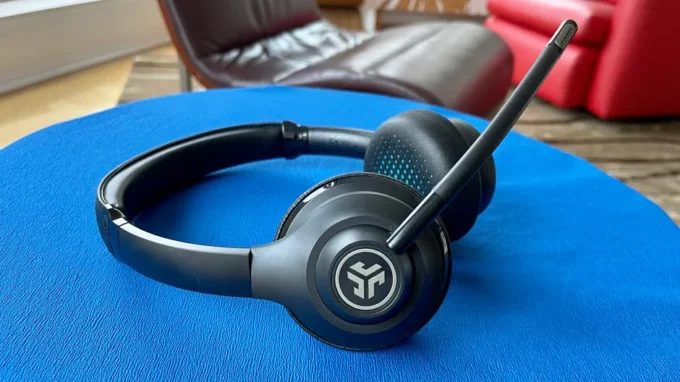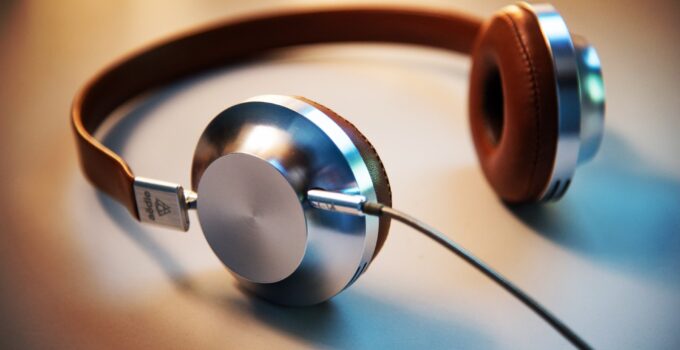Headphones have improved the way people listen to music, talk on the phone or play games. Nowadays, it is almost impossible to imagine a day without them, because they come with the phone. However, user requirements differ according to their needs. That is why there are many different models. Manufacturers offer their customers a wide range of gadget features, but also different price ranges.
Expensive models have incredible frequency, volume and other performances that provide you with an unforgettable experience. There are wireless, wired, straight cable and many other models of headphones that you can buy. Quality sound is an important feature, but not the most important one, there are still a lot of requirements that your new headphones should meet in order to properly enjoy quality sound. If you are interested in what affects the formation of the price of headphones, continue reading.
1. Bass

Source: unsplash.com
Although most headphones today have quality sound, some models do not have such quality bass. If you would like to buy a device with powerful bass, then pay attention to the Hi-Fi label. That’s the mark for a system that gives you precise and clean sound. So, the bass is one of the reasons why certain models are much more expensive than others. This is very reasonable, as there are many audiophiles who will be bothered by the lower quality.
Everyone else can choose more ordinary models without additional bass. In order to make headphones that offer excellent acoustics, it is necessary to invest a lot of money in the best components. This includes top-of-the-line drivers as well as a lot of testing before market launch. In this way, their quality is ensured.
2. Sound quality
In addition to bass, other sound elements are also important. The coloration of the sound includes other tones. Clarity is an equally important criterion, as is sensitivity. It is indicated and represents the efficiency of the device. The better it is, the more expensive the product. Also pay attention to the number of impedances. Of course, if you are a casual music listener, you won’t care so much about frequencies, nuances and the rest. However, if you are much more than that then you should avoid the cheaper models. The quality is also affected by their design. For example, in-ear plugs directly into the ear. They have much better sound insulation than headphones that do not enter the ear canal and are less prone to falling out compared to the previous type. The sound of such headphones can be very high-quality, and even on par with some on-ear headphones.
3. Types of headphones

Source: unsplash.com
Previously, all headphones had a similar price, because the difference in performance was very small. However, with the advent of wireless headphones, the market situation has completely changed as you can see at ebest.cl. Some of their main features include an audiogram, which is unique to each person. Once an audiogram is created, the device is calibrated and sends the same tone to the listener regardless of the device they are listening to music from. The smart headphones also adjust the sound separately for the left and right ear. Considering that the human brain does not perceive audio signals from the left and right ear in the same way, the engineers made an effort to create a device that will allow you to reflect the sound perfectly. Another interesting option is listening to music in its original sound, without bass and other elements.
That way you get studio quality sound. You send all commands via bluetooth connection. More expensive models deliver sound without additional ambient noise. Thanks to this function, authenticity and refinement are achieved. All settings can be reset and adjusted again. More expensive models also come with a large capacity battery. They can work for over 60 hours, but it all depends on the mode. You activate the noise-cancelling option yourself, which means that it is not on all the time.
4. Types of M
To really enjoy all the audio benefits of new headphones, they need to be comfortable. The more comfortable the device is to wear, the higher its price. The reason is the quality material used in the production. For example, cheaper models are mostly made of plastic while higher quality models are made of leather, metal, wood and other precious materials. The most important thing about ergonomic models is not the exterior, but the cushions. They must be softer, hygienically correct and stable. Those with a special design adapt to each ear. These are high-fidelity headphones, because at the same time they look very elegant. Exotic wood and rare leather are also used in production.
Such materials make the devices much more valuable than their competitors. This group of materials includes sheepskin and lambskin, while the frames are made of titanium and aluminum. Certain parts of the headphones are often engraved. Thanks to these features, the device is resistant to rain and sweat. Users almost don’t feel them in their ears, because they fit perfectly. The center of gravity is carefully positioned so that the buds remain comfortable and firmly fixed in the ear at all times. This is very popular with sportsmen and recreational people or people who like long walks. Maximum stability and flexibility make it possible to carry out daily tasks with headphones in your ears. Since everyone is always in a hurry, users need a reliable device that is easy to use. This is exactly why most will pay a little more money for better quality.
5. Microphone

Source: cnet.com
This is another factor that affects the formation of the price. For example, cheaper models will have a single microphone unlike more expensive ones. It will also have different settings. If you shell out more money for the device, you will get three-way sound systems with a frequency divider, as well as many other benefits.
Conclusion:
It is important to make a good balance between manufacturer, performance and price. So sometimes with lesser-known brands and headphones with a lower price, we can find excellent quality. For example, some of the higher quality headphones are AKG, Bose, etc. Customers’ needs are different, what works for everyone doesn’t mean it will work for you. So don’t just rely on the advice of audio experts, think about your needs. You should pay attention to several parameters that are true indicators of good sound performance. These are Hz, sound balance, distortion, sensitivity, impedance and design.






